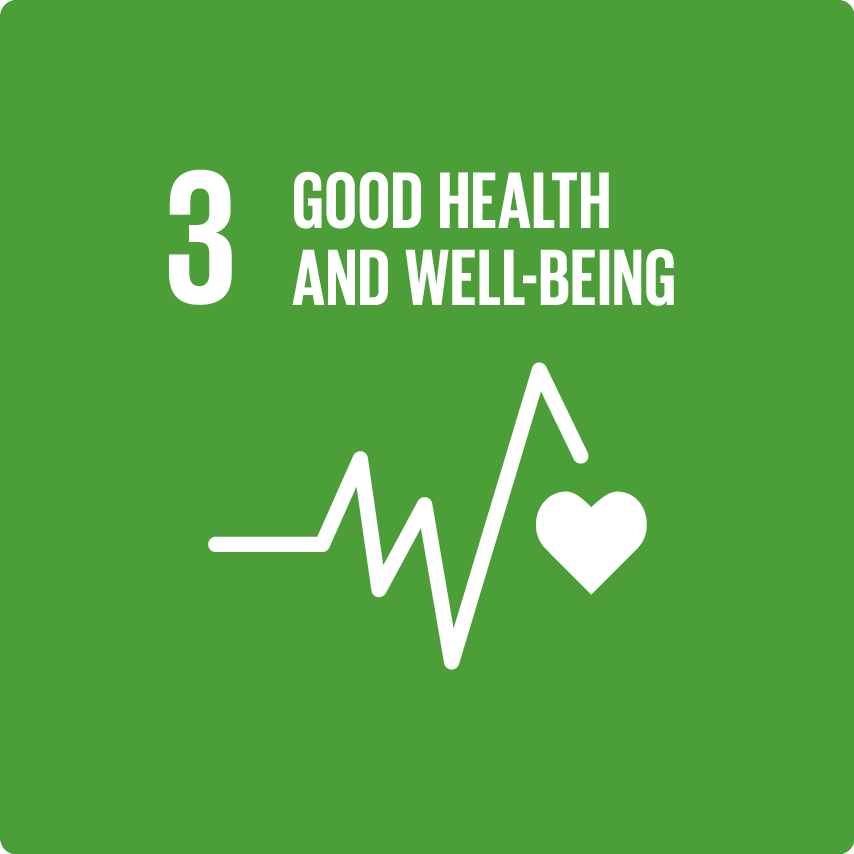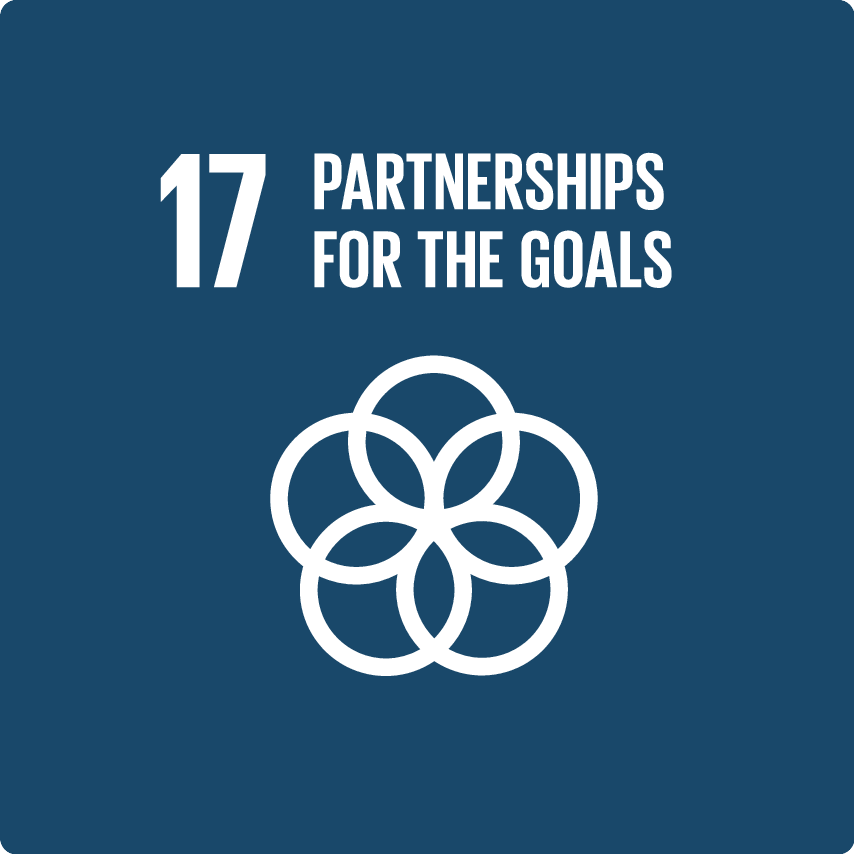Fighting African Sleeping Sickness
Supporting the World Health Organization to eliminate Human African Sleeping Sickness by 2020.
SEE ALL PARTNER ORGANIZATIONS
Objectives
- Support the World Health Organization (WHO) eliminate Human African Sleeping Sickness by 2020 as outlined in the London Declaration on NTDs.
What are the health needs and challenges?
Human African Trypanosomiasis (HAT) is a parasitic disease in humans and animals transmitted by the tsetse fly. The disease is endemic in countries of sub-Saharan Africa covering about 37 countries and 60 million people. In the Congo this infection now kills as many people as AIDS.
In 98% of cases HAT is caused by protozoa of trypanosoma brucei gambiense (t.b.g), found in 24 countries of West and Central Africa and in 2% of cases by trypanosoma brucei rhodesiense (t.b.r.), found in 13 countries of Eastern and Southern Africa. While patients infected with t.b.g. usually emerge with symptoms after months and years in advanced stages of the disease, patients with t.b.r. present acute symptoms after only weeks or few months. Different types of treatment schemes are used for both patient groups.
Partnership activities and how they address needs and challenges
In 1997, the 50th World Health Assembly adopted a resolution to raise awareness of HAT and subsequently enhanced its efforts to fight HAT together with strong partners. In 2002, Bayer was among the first companies committing support to the World Health Organization (WHO) in fighting HAT. Over an inititial period of 10 years Bayer annually donated up to 10.000 vials of Germanin® (suramin) for the treatment of t.b.r. infected HAT patients. This agreement was renewed for another five-year period and thereafter extended until 2020. WHO determines the annual requirements of Germanin® needed to meet the treatment needs.
In 2009, the more effective and tolerable treatment for the majority of HAT patients infected with t.b.g. (98%) – the Nifurtimox/Eflornithin Combination Therapy (NECT) – was established as the new first-line treatment endorsed by the WHO Essential Drug List. Nifurtimox, as one part of the combination treatment was previously used only to treat American trypanosomiasis (Chagas’ disease). For the last decade, NECT has become the new first-line treatment option for the majority of patients infected with t.b.g. in advanced stages of the disease. NECT is also a far more practical and shorter treatment than the previously available treatment options. Furthermore it is provided in individual Patient Treatment Kits which allow patients being treated regardless of the local healthcare resources.
In the last 10 years, more than 80% of reported cases occurred in the Democratic Republic of the Congo (DRC). The DRC is the only country that currently reports more than 1000 new cases annually and thus carries the highest global disease burden of HAT. In 2013 Bayer decided to accelerate access to diagnosis and treatment of HAT by supporting the work of mobile intervention teams in the remote rural focal disease areas in DRC. Their work is critical for screening people at risk in focal disease areas, establish the correct diagnosis and refer patients to treatment. Furthermore they also create awareness for the disease and educate the villagers in rural areas on the symptoms.
In 2016 Bayer agreed with WHO to double the support of the mobile intervention teams in DRC until 2020 and further support training of healthcare providers as well as general education and awareness. Furthermore Bayer agreed to support surveillance and monitoring of HAT which is of particular importance when aiming for disease elimination.
As partner of WHO we share the goal to interrupt transmission of gambiense HAT (sustainable elimination) by 2030. The number of reported cases of t.b.g. infected and treated case has significantly decrease from 32,850 in the year 2000 to less than 2000 in 2018.
Results and milestones
Currently some 83% of all reported cases of HAT worldwide occur in the Democratic Republic of Congo. In 2013 Bayer increased its commitment to the fight against African Sleeping Sickness, particularly in the DR Congo as the country with the highest disease burden.
Bayer will provide financial support for the work of mobile intervention teams deployed by the WHO in DR Congo to focal disease areas in remote areas are gaining better access to diagnosis and treatment. As partner of WHO we share the goal to interrupt transmission of gambiense HAT (sustainable elimination) by 2030. The number of reported cases of t.b.g. infected and treated case has significantly decrease from 32,850 in the year 2000 to less than 2000 in 2018.
Geographic Reach
- Africa
Disease Area
- Infectious and Parasitic Disease
Target Population
- Men
- Women
- Elderly
- Marginalized/indigenous people
- People with low incomes
Partner organizations
World Health Organization (WHO)
Additional resources
Geographic Reach
Africa
- Angola
- Cameroon
- Central African Republic
- Chad
- Congo
- Côte d'Ivoire
- Democratic Republic of the Congo
- Equatorial Guinea
- Gabon
- Gambia
- Kenya
- Malawi
- Nigeria
- Rwanda
- South Africa
- Uganda
- United Republic of Tanzania
- Zambia
- Zimbabwe
Disease Area
Infectious and Parasitic Disease
- Neglected Tropical Diseases (NTDs)
- Human African Trypanosomiasis (HAT)
- Other Infectious and Parasitic Disease

